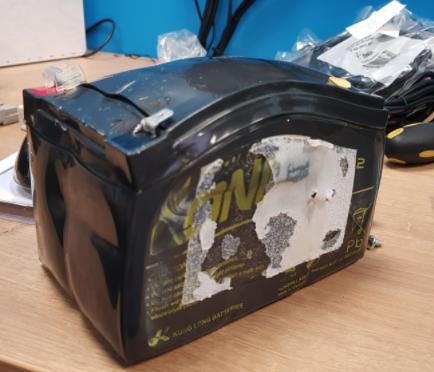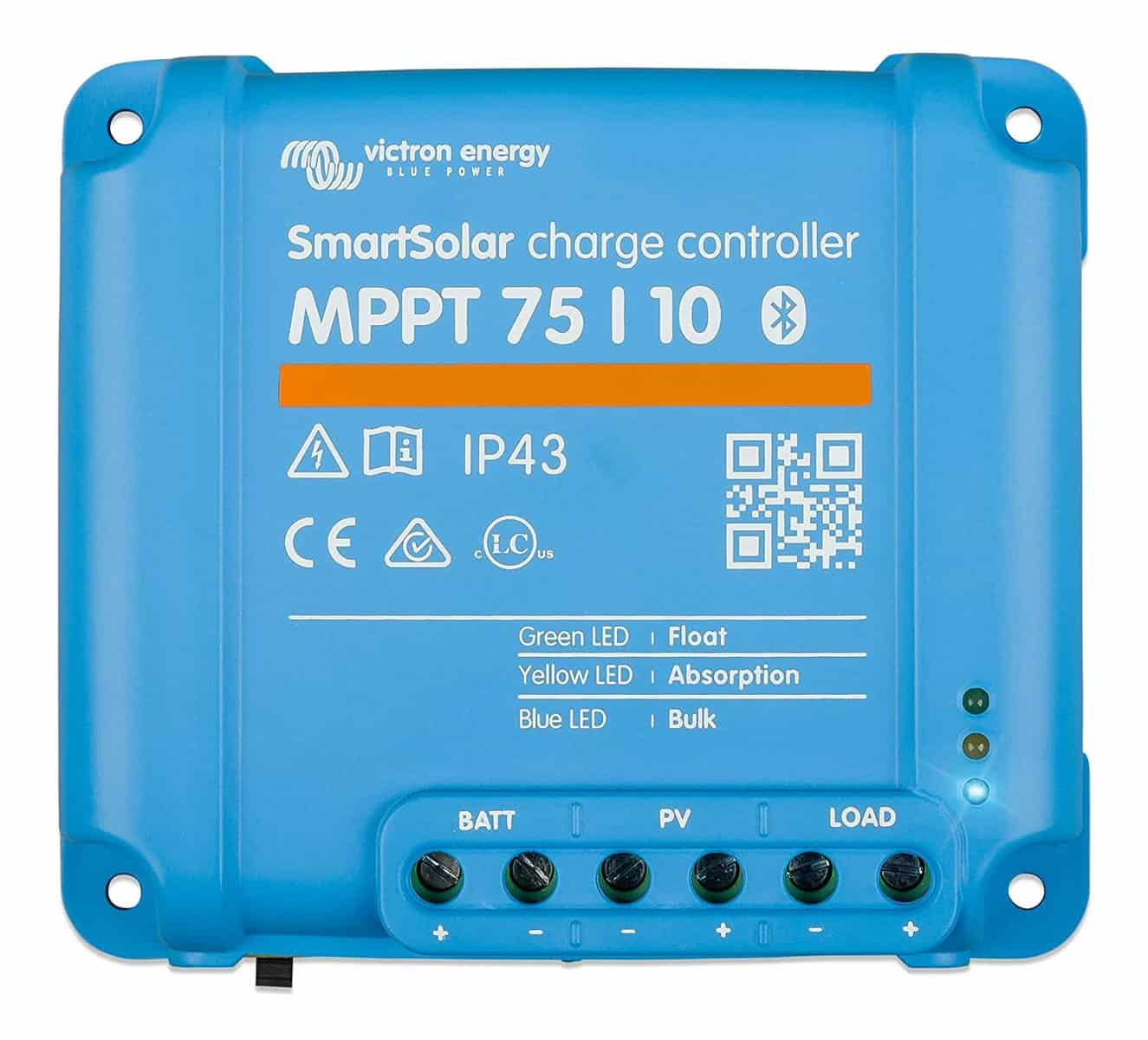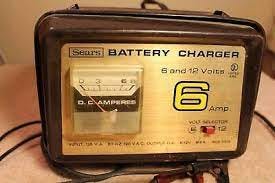Welcome to my J.A.M. (Just Ask Mike) Session, a weekly column where I answer your basic electrical questions.
If you’re a newbie who’s never plugged in a shore power cord (or ask – what’s a shore power cord?), or wonder why your daughter’s hair dryer keeps tripping the circuit breaker, this column is for you. Send your questions to Mike Sokol at mike@noshockzone.org with the subject line – JAM. Today I discuss whether or not a solar panel can overcharge a battery.
Dear Mike,
I saw a post on “Will solar panels overcharge my batteries?” I have a slightly different scenario, but I understand now why so many RVs have these small solar panel battery chargers. I read from another RVer that he traced his loss of newer chassis batteries to a continuous overcharge by the OEM solar panel wired directly to his chassis battery bank. When I checked mine, sure enough, there is a red fused wire labeled “solar panel” connected to a positive battery post on my chassis battery bank.
When I checked the voltage from the solar panel side of the fuse (with fuse removed) the multimeter read over 17 volts. (Lots of sunny days here in Florida.) I don’t know if the OEM thought the voltage would be lower due to clouds or just bought the smallest solar panel to avoid installing a controller to limit the charge voltage. I removed the fuse for now, but is there a way to add a controller or other device to get the voltage where it should be? Thanks, and regards. —Dale Justice
Dear Dale,
Oh, yes. A solar panel can absolutely overcharge a lead-acid battery. Even a humble 2-amp trickle charger can overcharge a FLA (Flooded Lead Acid) or AGM (Absorbent Glass Mat) battery if connected for more than a few days. If left connected for a week or more, battery damage is a real possibility. And a burst battery with leaking acid is not something you want inside of your RV.
But, overcharging isn’t the issue with lithium batteries, since they have their own built-in BMS (Battery Management System) that automatically regulates the lithium cell charging. However, if the solar panel voltage rises above 16 volts (which it easily can), even a small solar panel can wreck the BMS with over-voltage, bricking (damaging beyond repair) your expensive lithium battery.
Get an MPPT Solar Charge Controller
What you need to do is install an MPPT charge controller. MPPT is short for Maximum Power Point Tracker. Yes, I know that’s a lot of acronyms, but I don’t make this stuff up, I only report it…
Think of an MPPT as a smart DC to DC charger that can convert the varying voltage of solar panels as the sun changes, into the correct charging voltage and current for your particular type of battery.
Can it fully charge a lithium battery?
Yes, this is potentially a cheap fix if you have an older converter/charger that doesn’t have a lithium setting. With the AGM mode, these converters will typically only get your lithium battery up to 85% SoC (State of Charge), but a few hundred watts of solar panels with the proper MPPT controller will easily top off the final 15% of charge on your lithium battery. Pretty neat trick, eh?
Never charge an unattended battery without a charge controller
I have a vintage Sears charger that’s good for 6 amps, which does a great job of charging a dead battery in a vehicle if you left the lights on. But I would never trust it for more than a few hours of charging. That can cause serious damage.
And that’s why modern RV chargers are 3-stage with some sort of maintainer or battery-tender mode. That’s really the only way to keep your lead-acid batteries happy for long periods of time. And, yes, lithium batteries pretty much take care of themselves—as long as you send them the correct voltage.
OK, everyone. Remember that electricity is a useful and powerful force, so we all need to pay attention to safety precautions while using it.
Let’s play safe out there…. Mike









My trickle charger has AUTO settings for charging. I’m assuming that means it shuts down when my battery is charged.
Hi Mike, quick question you had said you could top off lithium batteries with the proper MPPT controller! So what would a proper controller be, perhaps one that had a lithium setting? Just curious as usual.
Thanks
Snoopy